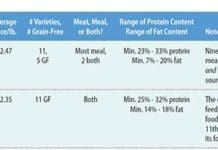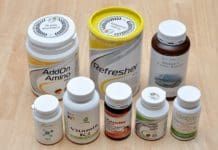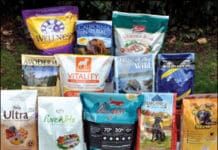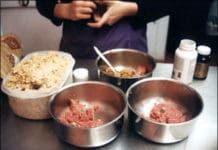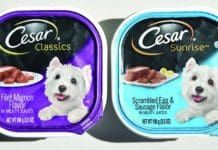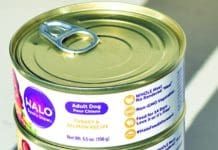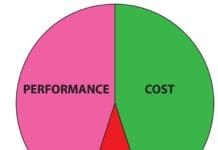Letters and Corrections – February 2018
It seems that every year when we compile our Approved Dry Dog Foods" list in the February issue that we accidentally leave a company that we admire off the list. Well
13 Household Items Toxic to Dogs
OK, we all know about #2. But many of these extremely common items are less hyped, and some are even ENJOYED by dogs!
Whole Dog Journal’s 2018 Approved Dry Dog Foods
It's an inescapable fact that quality pet foods cost money and the highest quality dry dog foods cost a lot of money. As much as we may want to buy the best" food for our dogs
Homemade Dog Food Ingredients: 3 Essential Foods for Dogs
Whole Dog Journal steers away from providing dog guardians with step-by-step recipes for dog food, raw or cooked. We can share expert dog companions' personal protocols for feeding their dogs home-prepared, but quickly you will realize not only that the perfect dog food recipe does not exist, but that in order for your dog to receive all necessary nutrients, you really need many recipes that include many different whole food ingredients.
How Important is the Digestibility of Dog Food
What is digestibility and why does it matter? Digestibility reflects a food's ability to deliver essential nutrients to the dog who eats it. This ultimately affects not only defecation quantity and quality (how much your dog poops and how the poop looks and smells), and a dog's propensity for flatulence (no explanation needed), but more importantly, a dog's long-term health and wellness. The graphic on this page summarizes how digestibility is measured using feeding trials with dogs.
Whole Dog Journal’s Canned Dog Food Selection Criteria
A whole, named animal protein in one of the first two positions on the ingredients list. Whole" means no byproducts. "Named" means a specific animal species chicken
The Best Canned Dog Foods Review
or adult maintenance only?)."
WDJ’s Approved Canned Dog Foods List of 2017
Lotus is another company we love. They make only a few foods, but with ingredients they source close to the cannery they built and operate themselves. They invited us to come and watch them make canned food and allowed us to take as many photos as we liked, of anything we saw. We love transparency!
Safe Dog Food Bowls (and How to Keep Them That Way)
The easiest type of bowl to keep clean and, not incidently, also the safest bowl for your dog to eat and drink from is stainless steel. This material will not leach potentially dangerous chemicals into your dog's food and water, like some plastics, aluminum, poorly glazed pottery, or old ceramic dishes. Stainless steel and glass bowls are similarly inert, but stainless steel wins in my house, due to its durability on the floor and in the sink.
Letters from Readers: March 2017
I used Manuka honey on my 14- year-old Lab/Shar Pei-mix. She had ripped open one of her pads and was having a very difficult time getting it to heal. I used a veterinary-prescribed ointment with fresh bandages as required, while using a boot to provide protection. Two weeks later, with the wound getting worse, I did some research and read reviews of Manuka honey and its healing power. I spoke with my vet and decided to give it a try.
10 Dry Dog Food Shopping Tips
Good dog food costs a lot more than low-quality dog food because good dog food is made with better-quality ingredients, which cost more than low-quality ingredients. That said, the most expensive dog food is not necessarily the best, nor does the price always correlate precisely with a dog food's quality. There are lots of low-quality dog foods that are sold for good-food prices, because some companies spend a ton on marketing and advertising!
Every Dog is Different: Examples of Dog Food Buying Decisions
We'd love for you to take our dry dog food selection criteria into account as a starting place only that, though, because there are a lot of other factors that people take into consideration when buying food for their dogs, and everyone will weigh these factors differently, depending on their individual needs and beliefs. If we made up a pie chart illustrating the weight of these factors, each dog owner's important food buying factors" chart would be different







